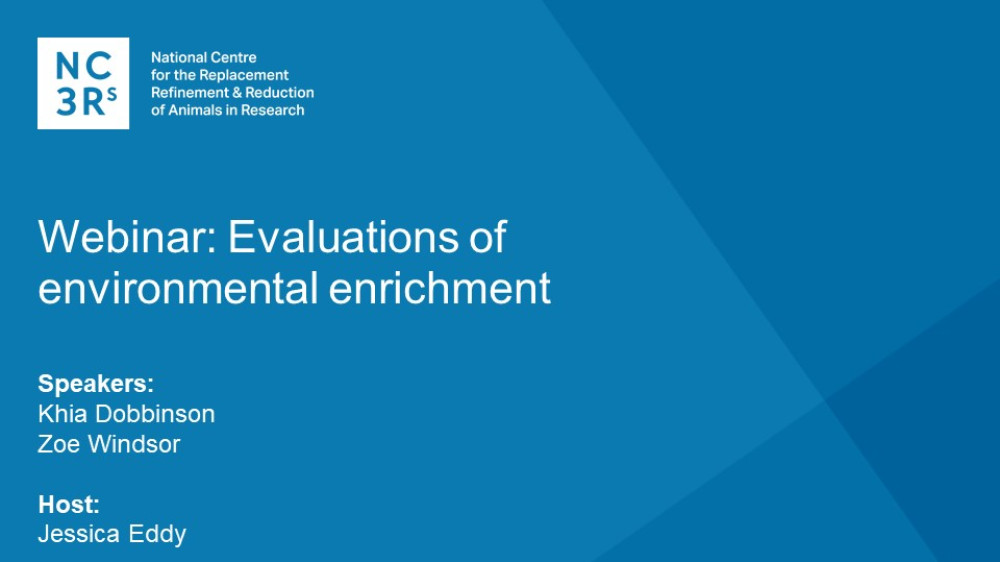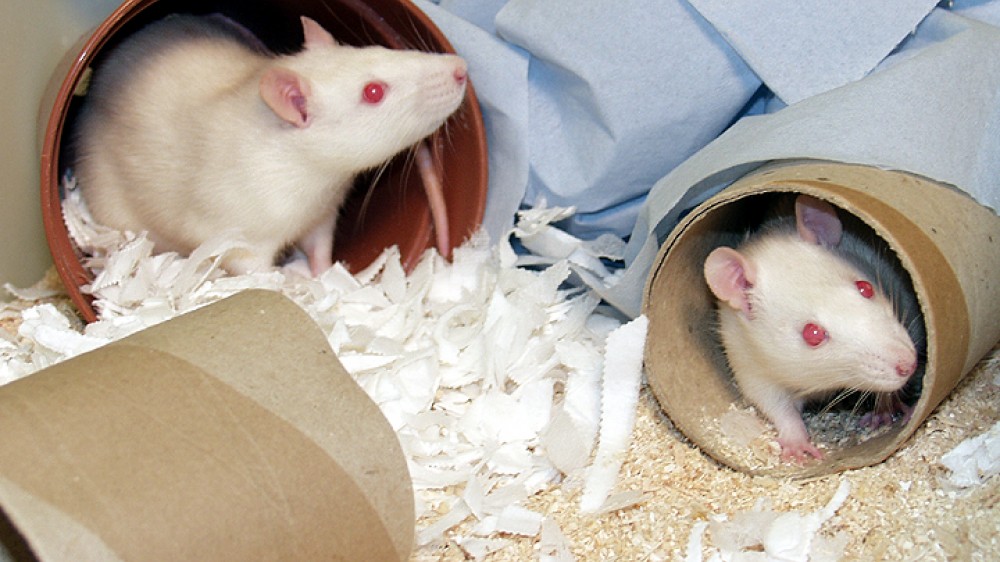Guidance
Introduction to evaluating environmental enrichment
Assessing the welfare impact of new enrichment.
For an introduction to evaluating enrichment and using this resource watch this webinar.

The importance of choosing the appropriate type of enrichment, including examples for rodents and zebrafish.

